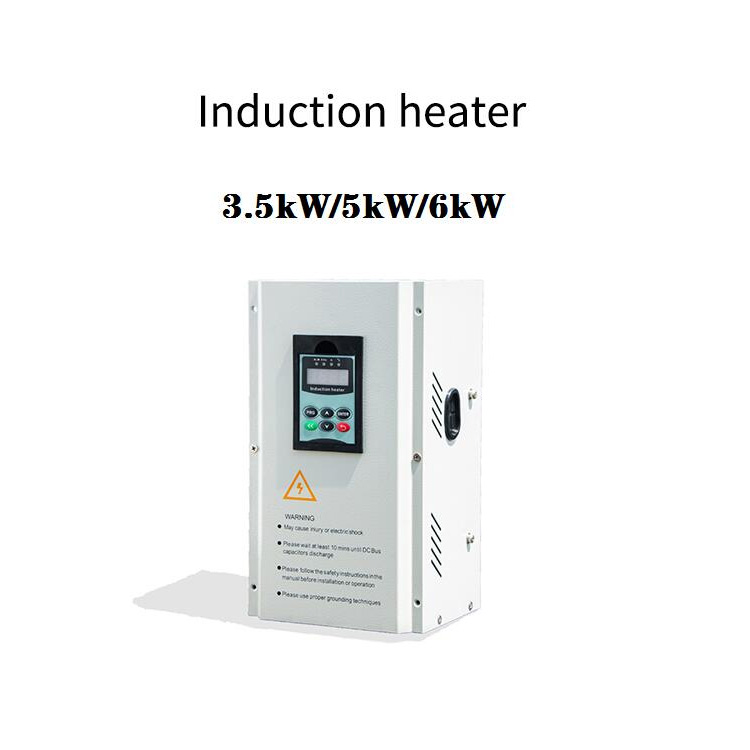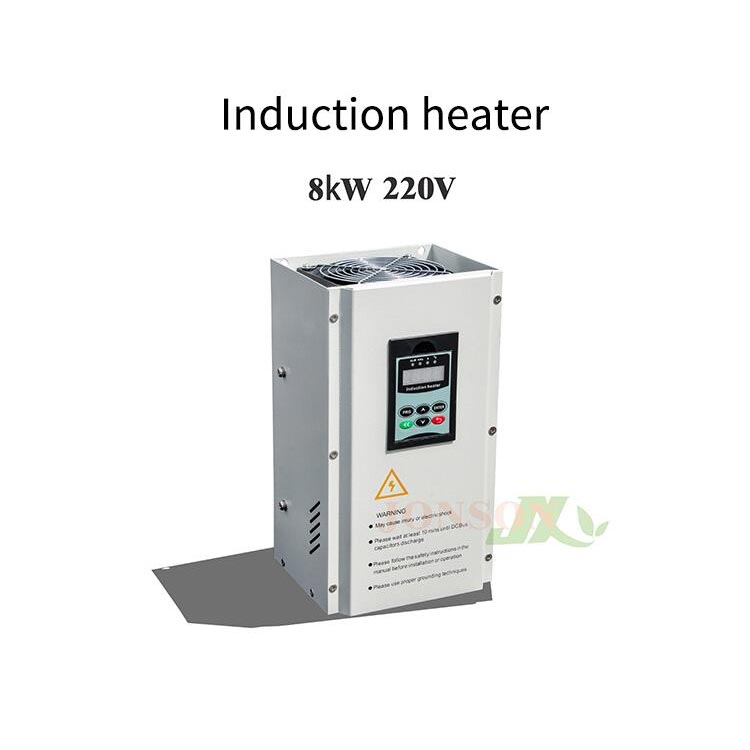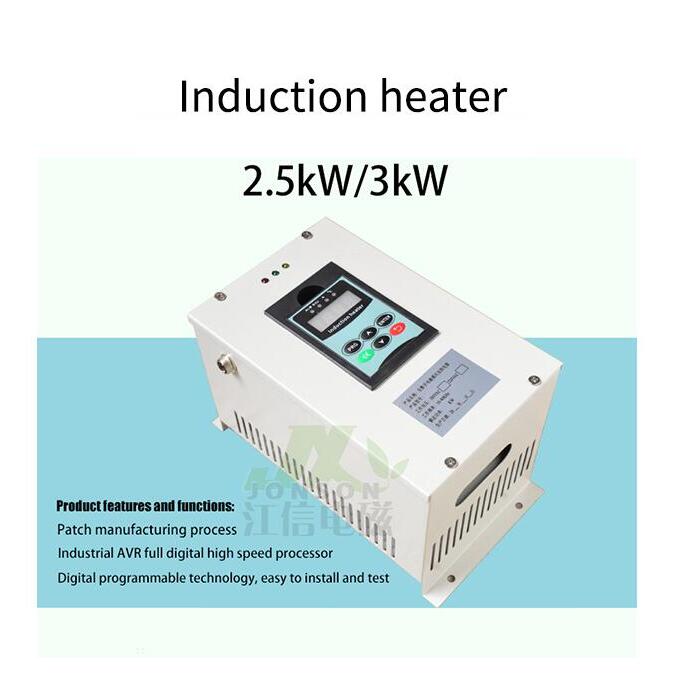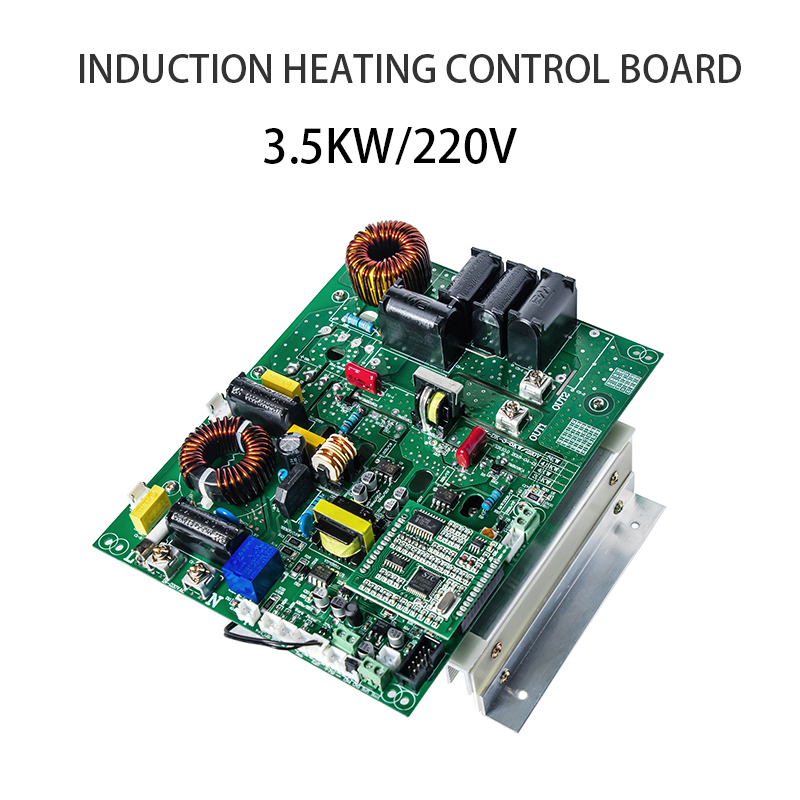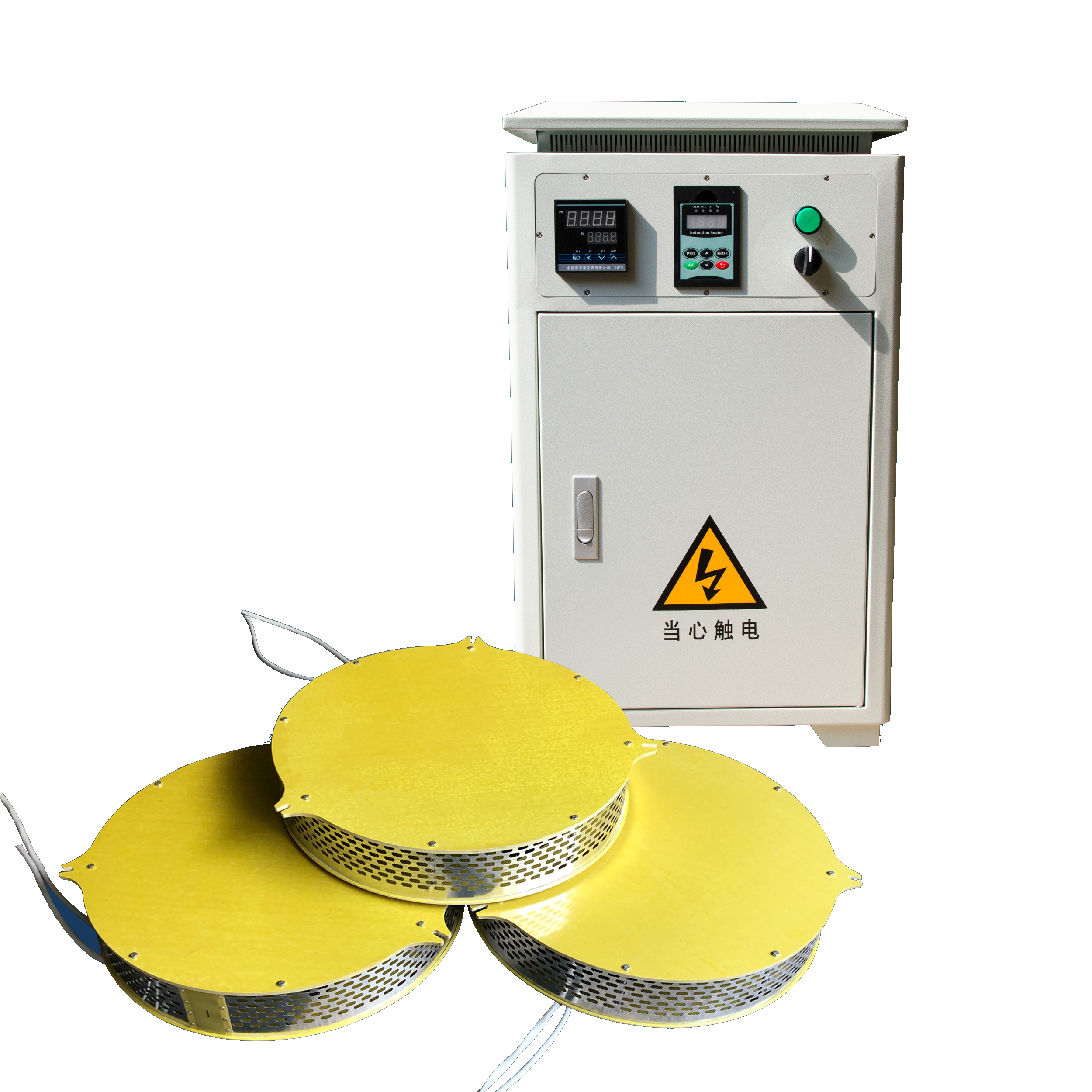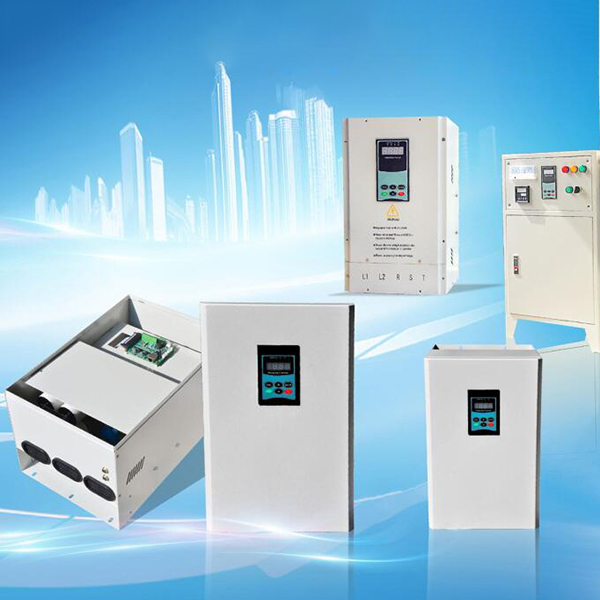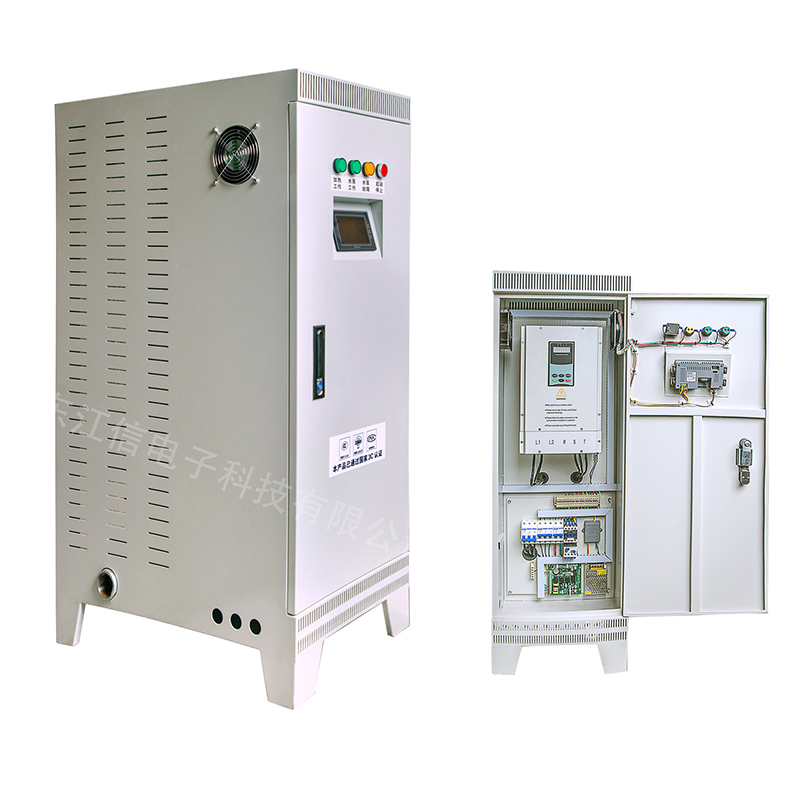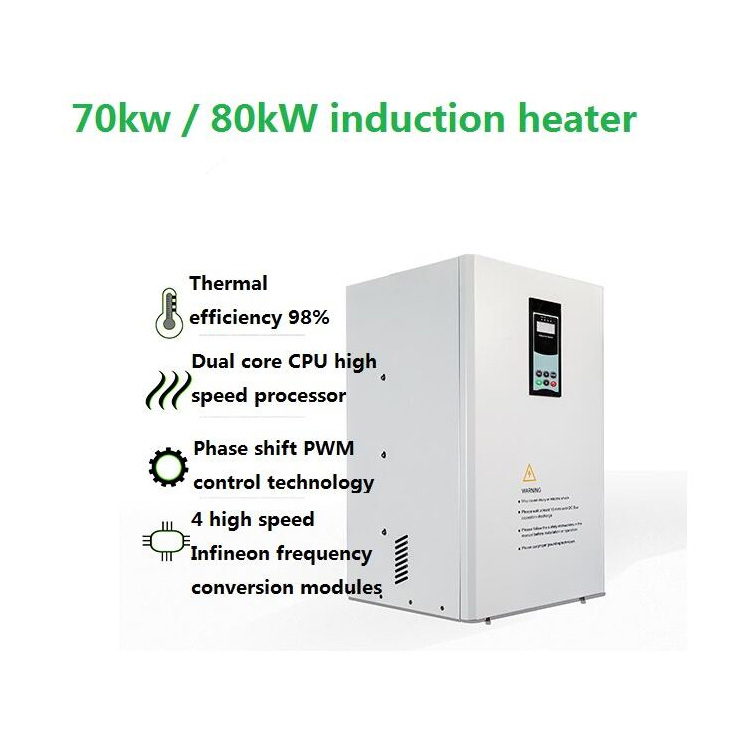Portable induction heaters are versatile tools used across various industries and applications due to their efficient, contactless heating capabilities. They use electromagnetic induction to heat materials, specifically metal, and are particularly useful for localized heating without the need for an open flame or direct contact with the heated object. Here are some common uses of portable induction heaters:
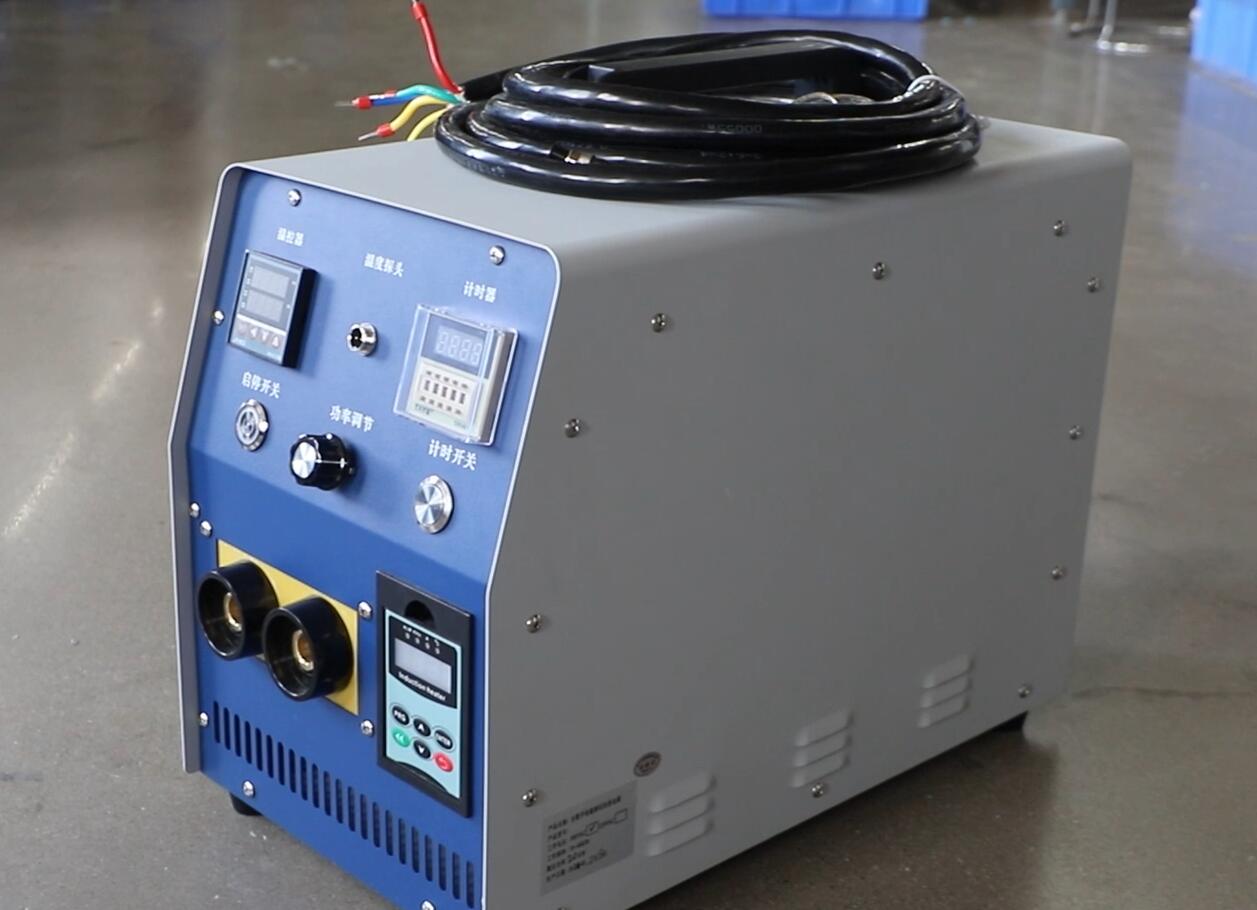
1. Removing Rusted or Seized Parts
1).Applications: Automotive, mechanical maintenance, and construction.
2).Details: Induction heaters are used to heat rusted, stuck, or seized bolts, nuts, or parts, causing them to expand and loosen. This makes it easier to remove or disassemble components that would otherwise be difficult to work with. The heat is concentrated on the metal object, which helps to avoid damage to surrounding areas.
2. Shrink Fitting (Expanding Metal for Assembly)
1).Applications: Mechanical and manufacturing industries.
2).Details: In some assembly processes, two components (such as a bearing and shaft) need to be joined by heating one part to expand it. A portable induction heater can be used to heat the metal part, allowing it to expand and fit onto another component. Once cooled, the parts contract to create a tight, secure fit.
3. Bending and Shaping Metal
1).Applications: Metalworking, plumbing, and manufacturing.
2).Details: Induction heating is used to heat metals to their critical temperature, making them malleable for bending or shaping. For example, pipes and rods can be bent easily after being locally heated. This process is often used in metal forming, blacksmithing, and other industrial applications.
4. Hardening or Annealing of Metal
1).Applications: Tool-making, automotive, and manufacturing.
2).Details: Portable induction heaters can be used for localized hardening or annealing of metal parts. Hardening is achieved by heating the metal to a specific temperature and then cooling it rapidly, while annealing involves controlled slow cooling after heating. This process is often used for tools, machine parts, and automotive components to improve their strength and durability.
5. Soldering and Brazing
1).Applications: Electronics, plumbing, and HVAC (heating, ventilation, and air conditioning).
2).Details: Induction heaters can be used for soldering and brazing, where two or more metal components are joined by melting a filler metal. Induction heating is advantageous for these processes because it provides precise control over the heating area, ensuring that only the parts that need to be joined are heated.
6. Heating for Welding Pre-Work (Preheating)
1).Applications: Welding, metal fabrication.
2).Details: In welding, induction heaters can be used for preheating materials, such as metal workpieces, before welding. Preheating is important to prevent thermal stress, cracking, or warping in the final weld, especially when welding high-carbon steels or other metals that are prone to cracking.
7. Tightening and Loosening Fasteners (Bolts, Nuts, etc.)
1).Applications: Machinery maintenance, heavy equipment repair.
2).Details: In industrial settings, portable induction heaters are used to heat fasteners like bolts and nuts to make them easier to tighten or loosen. This is especially useful in heavy machinery or automotive repair where torque is needed to ensure secure fastening.
8. Shrink Fitting Bearings or Bushings
1).Applications: Automotive repair, machinery assembly.
2).Details: Bearings and bushings often need to be installed by heating them to make them expand and fit onto other components, such as shafts. Portable induction heaters make this process safer and more efficient by focusing heat precisely on the part.
9. In-Line Heating for Assembly Processes
1).Applications: Manufacturing, assembly lines.
2).Details: Portable induction heaters can be used to heat specific areas of parts during an assembly process. This is common in situations where a part needs to be expanded or softened before it can be assembled with another part.
10. Heat Treatment of Components
1).Applications: Metal processing, tool manufacturing, and aerospace.
2).Details: Induction heaters are used in heat treatment processes like quenching, tempering, and annealing. The heater quickly brings the material up to a desired temperature and can control the heating depth, ensuring even and accurate heat treatment without impacting the material’s overall properties.
11. Heating for Welding Post-Work (Stress Relieving)
1).Applications: Metalworking, construction, and welding.
2).Details: After welding, the material can become stressed, and an induction heater can be used to relieve this stress. This is especially useful in structural steelwork and critical parts where welding can lead to undesirable material stress, cracking, or distortion.
12. Electromagnetic Bonding (Induction Heating for Bonding)
1).Applications: Electronics, automotive manufacturing, metal bonding.
2).Details: Portable induction heaters can be used to create a bond between materials using electromagnetic fields. This type of heating is useful for applications that require high precision, such as bonding metal parts with different properties or creating high-strength connections.
13. Heating for Molding and Casting
1).Applications: Metal foundries, plastics manufacturing.
2).Details: Induction heaters can be used to heat molds, die-casting tools, or casting components to prevent them from cooling too rapidly or to achieve optimal casting temperatures.
Advantages of Portable Induction Heaters
1).Precision: They heat only the targeted area, which is ideal for localized heating tasks.
2).Efficiency: Fast heating without needing an open flame or contact with the object.
3).Safety: No open flames or gas are involved, making them safer for various applications.
4).Energy Efficiency: They consume less energy compared to other heating methods like blowtorches or ovens.
5).Cleanliness: No residue or contamination is left, as there are no flames or fumes produced.
6).Portability: Being portable, they can be used in diverse environments, both on-site and in workshops.
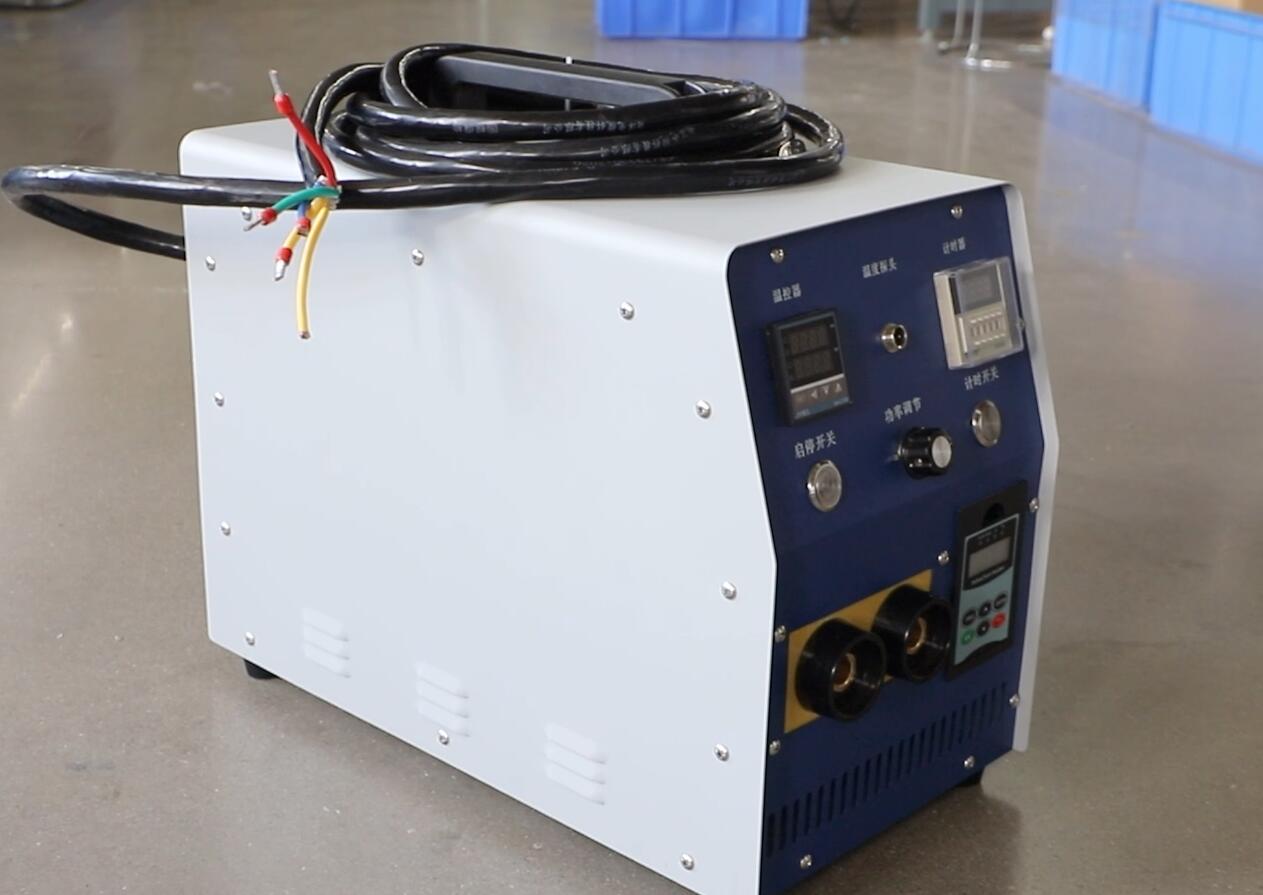
Conclusion
Portable induction heaters are indispensable tools for industries ranging from automotive and manufacturing to metalworking and maintenance. Their ability to provide efficient, localized, and contactless heating makes them invaluable for a variety of applications, including loosening stuck parts, shrinking and fitting components, preheating before welding, and more. Their use helps improve productivity and reduce downtime by speeding up and enhancing heating processes.

